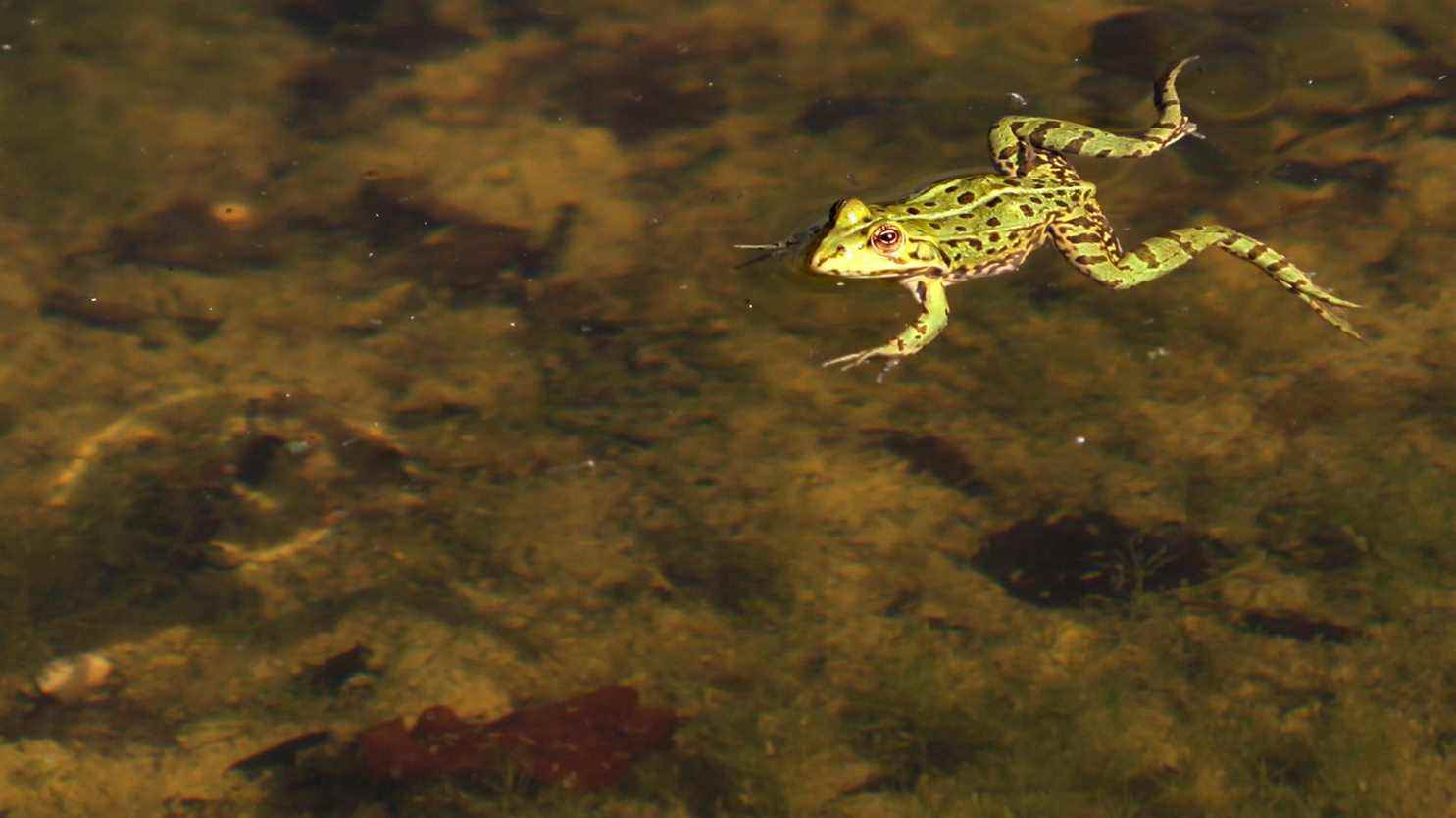Few animals are able to regenerate their limbs: there are salamanders, starfish, crabs, or even lizards. But, normally, in adult frogs, this phenomenon is not possible. Tadpoles have the ability to grow legs, but the frog loses this ability later. However, damerican scientists have managed to regrow amputated legs of amphibians. How did these researchers from Harvard and TUFTS University in Boston proceed?
They put a silicone cap on the end of the hind legs of several frogs immediately after they were amputated. It therefore formed a kind of protective dressing in the shape of a dome, which contained a cocktail of five drugs (drugs to reduce inflammation, and promote healing and the growth of blood vessels). They left that cap on for 24 hours and then left the frogs alone. In the space of 18 months, they saw the legs grow back and become sensitive and functional again: the amputated frogs were able to resume swimming as before.
A priori, the protective cap placed at the end of the severed legs made it possible to avoid the natural tendency to scarring. Normally when wounds heal, they become covered with skin cells, which protect them from infection, but prevent the limb from rebuilding. Here, the sterile protective patch created an environment close to that of amniotic fluid during gestation, which stimulated a regeneration process.
This work opens avenues of research for all patients amputated due to an accident, or diabetes, but we are still far from application in humans. Because mammals, after birth, do not have the same ability to regenerate organs as a tadpole. So the process of reprogramming human cells to rebuild themselves is much more complex.
But with this work, the researchers have shown that with a medical boost, a limb can awaken its self-regenerative abilities and manage its growth on its own. This is already a remarkable scientific discovery and they plan to continue their tests on small mammals such as mice at first.
